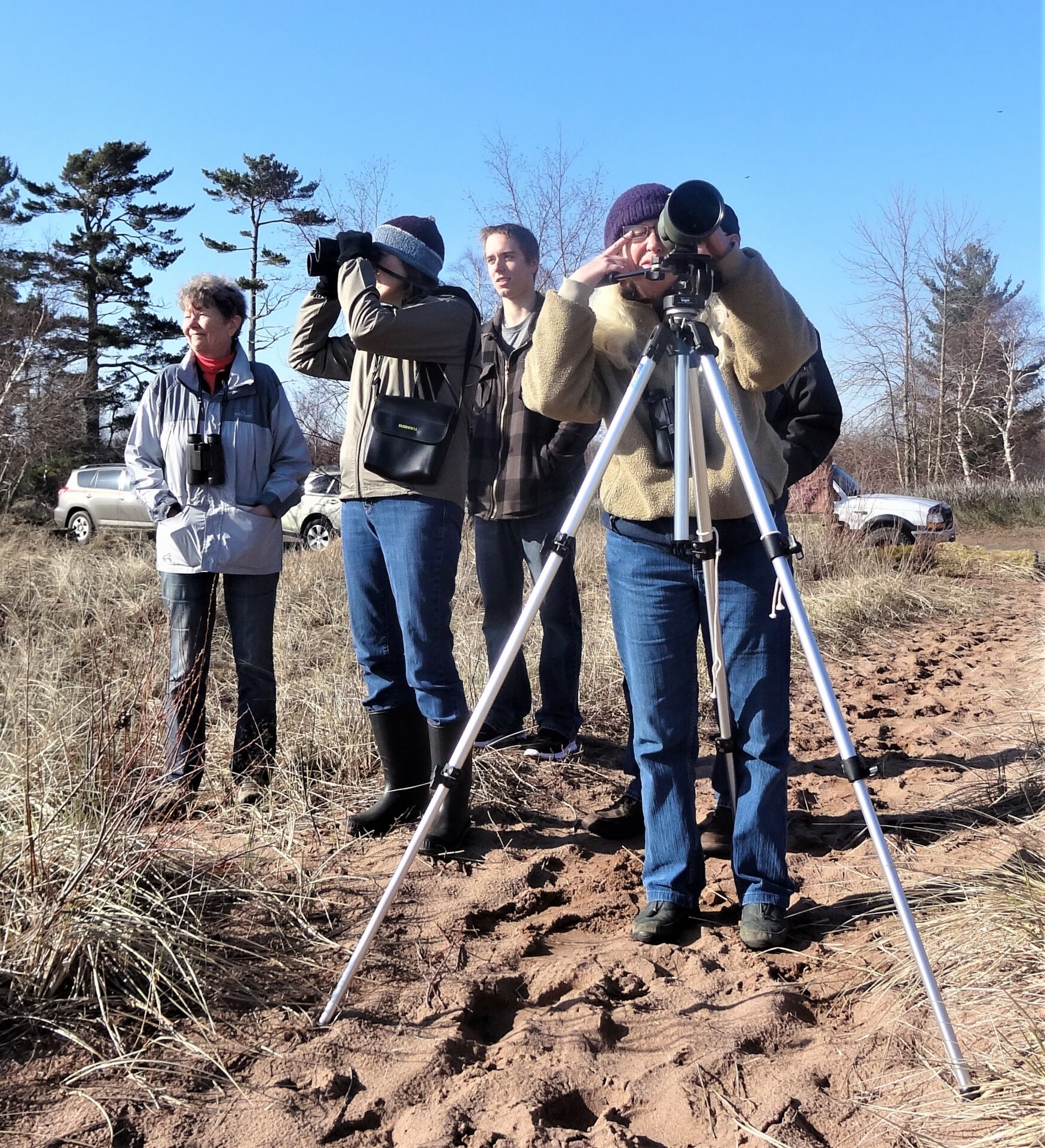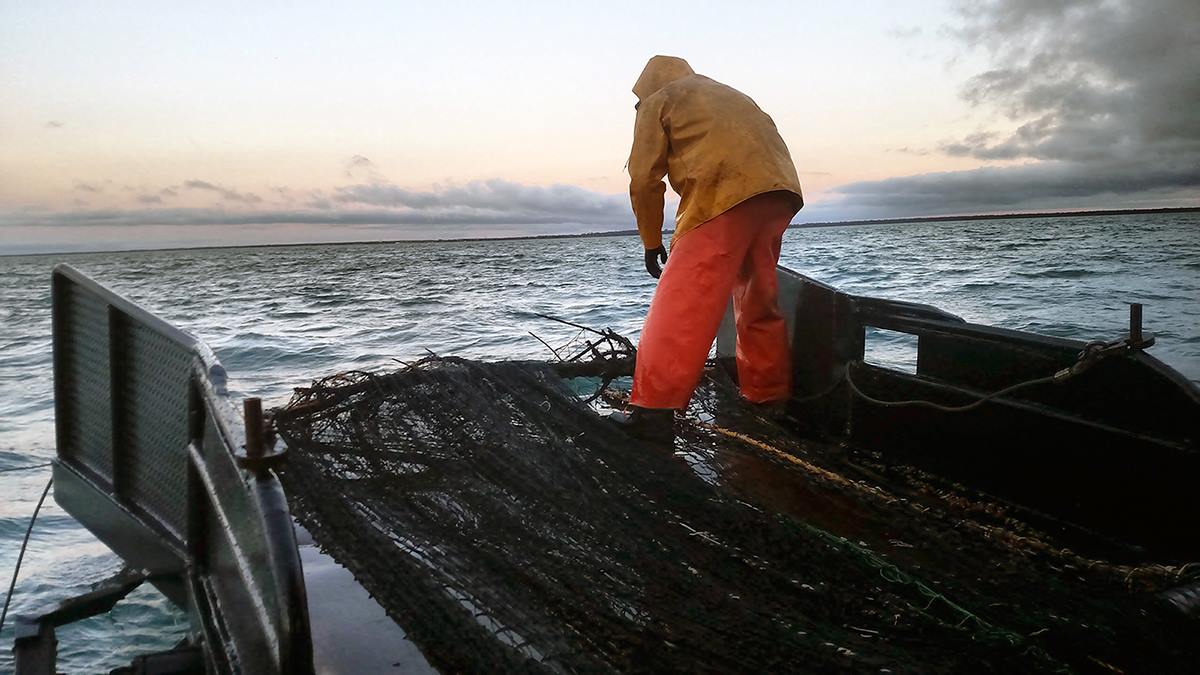Chris Hartleb knows there’s a powerful historical association between Wisconsin and the yellow perch, the prototypical staple of many a Friday-night fish fry.
But Hartleb, a professor of fisheries biology at UW-Stevens Point and director of UW-Stevens Point’s Northern Aquaculture Demonstration Facility (NADF), would like to clarify the point a little.
“Yellow perch is important,” he said. “But in reality, that’s true of for a 50-mile radius around downtown Milwaukee. The rest of the state prefers walleye.”
Like many involved in Wisconsin’s burgeoning aquaculture industry, Hartleb is part of the search for sustainable fish species that can be successfully grown and sold, originating from pond and flow-through/tank aquaculture operations. For the last eight years, Hartleb and UWSP-NADF have had their eyes trained firmly on the walleye.
And with good reason. Walleye has many advantages as a commercial aquaculture fish species—a walleye fillet is firm, white and sweet-tasting, and, in a nod to the health-conscious, it’s also low in polyunsaturated fat.
But walleye also has one enormous drawback for those trying to raise them in tanks and on fish farms: It’s a cannibalistic fish. State and federal fisheries that routinely culture and stock walleye typically only achieve a 15 percent survival rate.
“Walleye are not domesticated the way that catfish and rainbow trout are,” Hartleb said.
Obviously, a 15 percent survival rate won’t translate into a workable business model for aquaculture farms, regardless of size or scale. Hartleb and aquaculture expert Greg Fischer, NADF’s facility manager, have been working to find strategies to improve it. Their efforts are now backed by Wisconsin Sea Grant as part of that agency’s recently approved round of 2016-18 research projects.
“Walleye are the next big cool water fish in aquaculture,” said Fischer. “Perch has had a lot of issues as an aquaculture species, and we haven’t seen a lot of success.”
Hartleb and Fischer’s approach has been to take the best available research on improving walleye survival and combine it.
For instance, they’ve used strategies such as slightly clouding the water or painting the inside of the tank black, making it more difficult for the fish to see and want to attack each other. Adjusting the levels of light in the tank area has also been somewhat effective in reducing cannibalism and increasing survival rates. So has lowering the density in each tank.
“The biggest thing is actually the diet,” Hartleb said. “We’re trying to formulate a starting diet as young fish, so they’ll eat that instead of their brothers or sisters.”
Combining tank strategies with experimental feed has resulted in some tanks with walleye yields as high as 45-50 percent for the first 30 days, numbers that are much more workable for a burgeoning aquaculture operation. The key, obviously, is making the jump from “some” to “most” or “all.”
“The real question is, can you turn a profit with a 30 percent survival rate?” Hartleb said.
It’s a question the UWSP-NADF group is already working hard to answer. Backed by a USDA grant, Hartleb, Fischer and the UWSP-NADF has been working with Northside Enterprises, an aquaculture operation in Black Creek, Wis.,to test some of these strategies within an established business model. UWSP-NADF provides Northside with young fish and tracks the results. Another such partnership involves Nelson and Pade Inc., a Montello, Wis.-based aquaponics business. Aquaponics typically uses tilapia that are based on a 9-month production cycle. If Hartleb and Fischer can shorten the typical 12-14 month walleye production cycle to match that of tilapia, the rapidly developing aquaponics industry could have another valuable fish to culture.
In addition to its work with walleye, UWSP-NADF has also spent the last few years culturing a hybrid aquaculture species that combines the sauger and the walleye. The saugeye, as it’s known, is a faster-growing fish—whereas the walleye can take 11-13 months to grow from egg to fillet size, the saugeye only takes nine. It’s also far less cannibalistic than the walleye, eliminating the biggest barrier. The saugeye occurs in the wild, so it’s not a genetically manipulated fish.
Hartleb and Fischer are encouraged by the progress they’re making with both fish species—which is a good thing, given that the fate of 52 Friday-night fish frys could be depending on the outcome.
“Walleye is do-able,” said Fischer. “It’s not going to be easy, but with the right infrastructure, we’re convinced we can create a viable business model that grows the industry. There’s a market here—we’ve just got to take it.”





